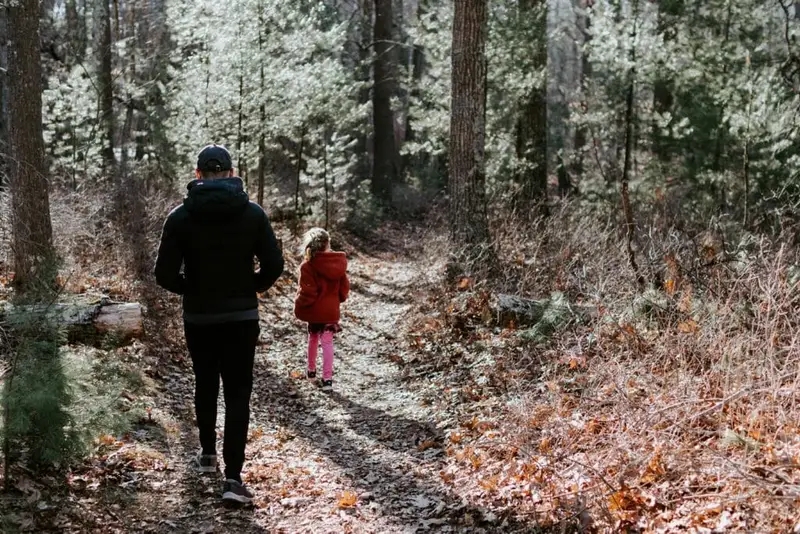1. Psycho (1960)
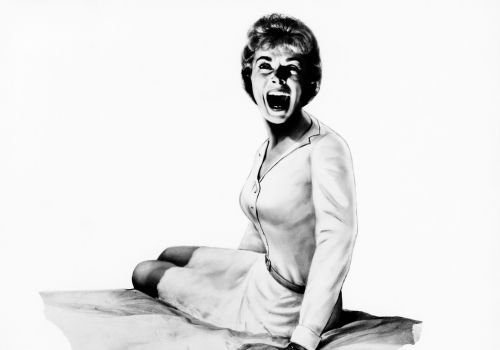
When Alfred Hitchcock released Psycho, audiences weren’t ready for what they were about to see. Janet Leigh’s character, who seemed like the film’s heroine, was killed off halfway through in the infamous shower scene. This twist completely shattered storytelling expectations and left viewers in disbelief. Hitchcock even instructed theaters not to allow late entry, adding to the suspense and control over the audience’s experience.
The combination of Bernard Herrmann’s chilling score, Hitchcock’s masterful direction, and shocking visuals made the film unforgettable. People screamed, fainted, and some walked out of theaters, unable to handle the tension. The shower scene in particular forever changed how audiences looked at horror movies. More than sixty years later, it’s still considered one of the most terrifying sequences in cinema history.
2. Bonnie and Clyde (1967)
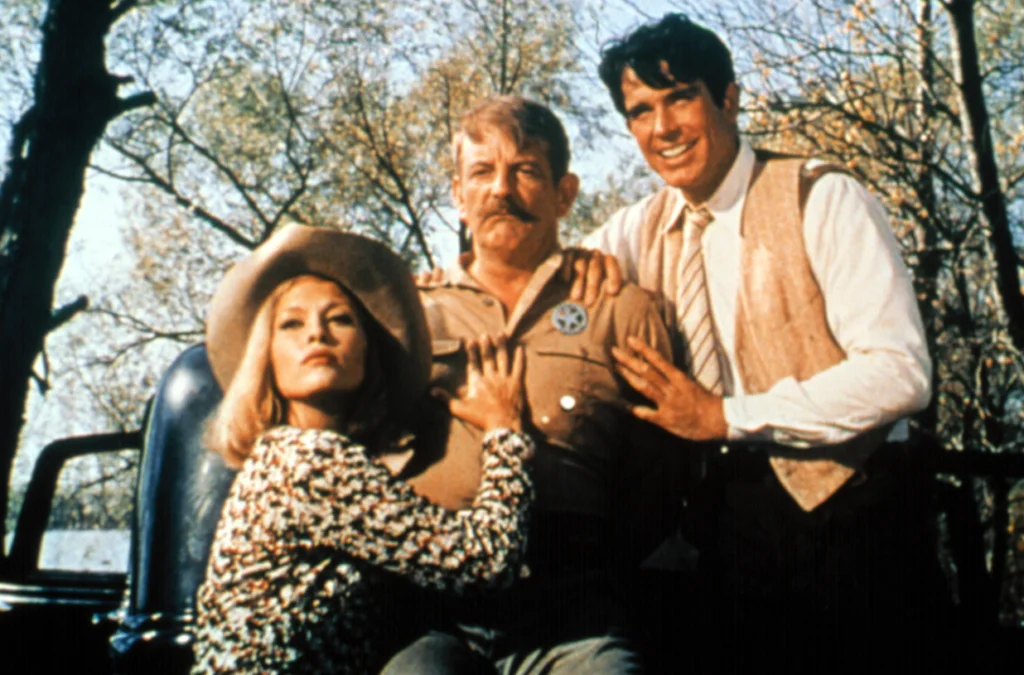
Bonnie and Clyde stunned audiences with its unflinching portrayal of violence and lawlessness. Warren Beatty and Faye Dunaway made the outlaw couple feel both glamorous and doomed, and their on-screen chemistry drew people in. But it was the film’s bloody finale that left jaws on the floor, as viewers witnessed the brutal ambush in slow motion. For many, it was unlike anything they had ever seen before.
The movie polarized critics at the time, with some condemning it as tasteless and others praising it as revolutionary. Younger audiences embraced it, seeing it as a bold statement that reflected the turbulence of the late ’60s. The violence was raw, unglamorous, and shocking, pushing Hollywood toward a new era of realism. Even now, that ending still feels startling and unforgettable.
3. Midnight Cowboy (1969)
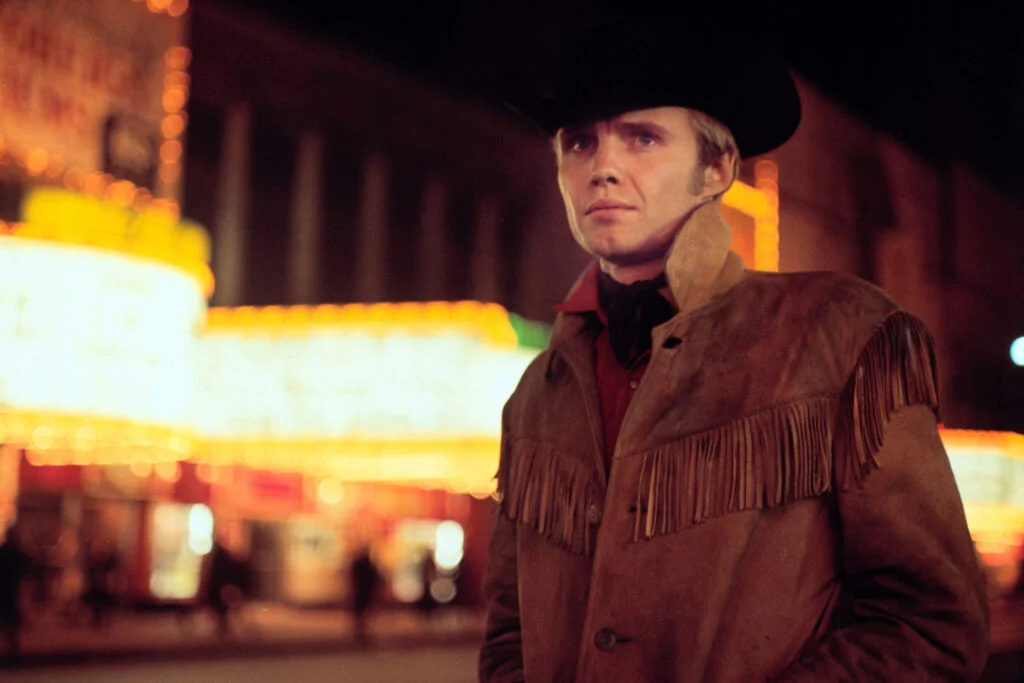
When Midnight Cowboy hit theaters, it became the first and only X-rated film to win the Oscar for Best Picture. The gritty story of Joe Buck, a naïve Texan played by Jon Voight, and Ratso Rizzo, a sickly hustler played by Dustin Hoffman, showed a side of New York that most viewers weren’t used to seeing. It was bleak, desperate, and filled with taboo subjects like prostitution and addiction. Audiences were both fascinated and disturbed.
Despite the heavy themes, the unlikely friendship at the heart of the movie drew people in. The performances were raw and unforgettable, with Hoffman’s “I’m walkin’ here!” line becoming iconic. The film didn’t hold back in portraying loneliness and survival in a cold city. Even today, it remains a shocking and heartbreaking portrait of two outsiders trying to make it in an unforgiving world.
4. Rosemary’s Baby (1968)
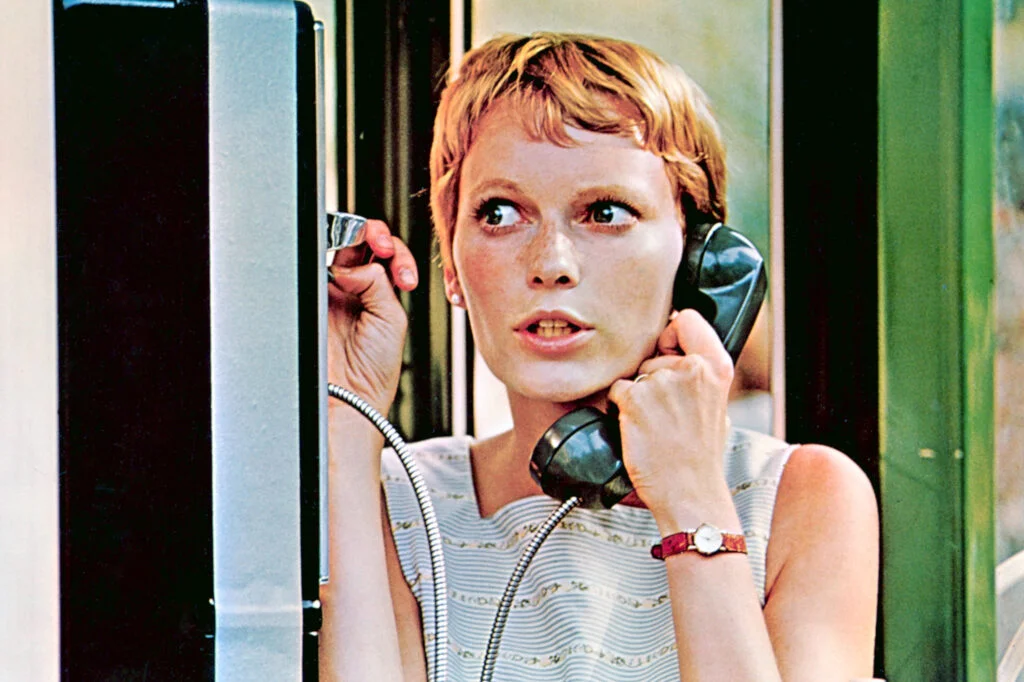
Rosemary’s Baby shook audiences by combining everyday domestic life with the horrors of the occult. Mia Farrow played Rosemary, a young wife who begins to suspect her neighbors and husband are part of a Satanic plot. The idea that evil could hide in plain sight, right next door, was deeply unsettling. The movie blurred the line between paranoia and reality, keeping viewers unnerved the whole way through.
The slow build of dread and Farrow’s haunting performance made it unforgettable. The shocking revelation of Rosemary’s baby being tied to Satan himself left audiences gasping. At a time when horror often relied on monsters or gimmicks, this psychological terror felt disturbingly real. More than fifty years later, the film’s chilling atmosphere still lingers in people’s minds.
5. The Wild Bunch (1969)
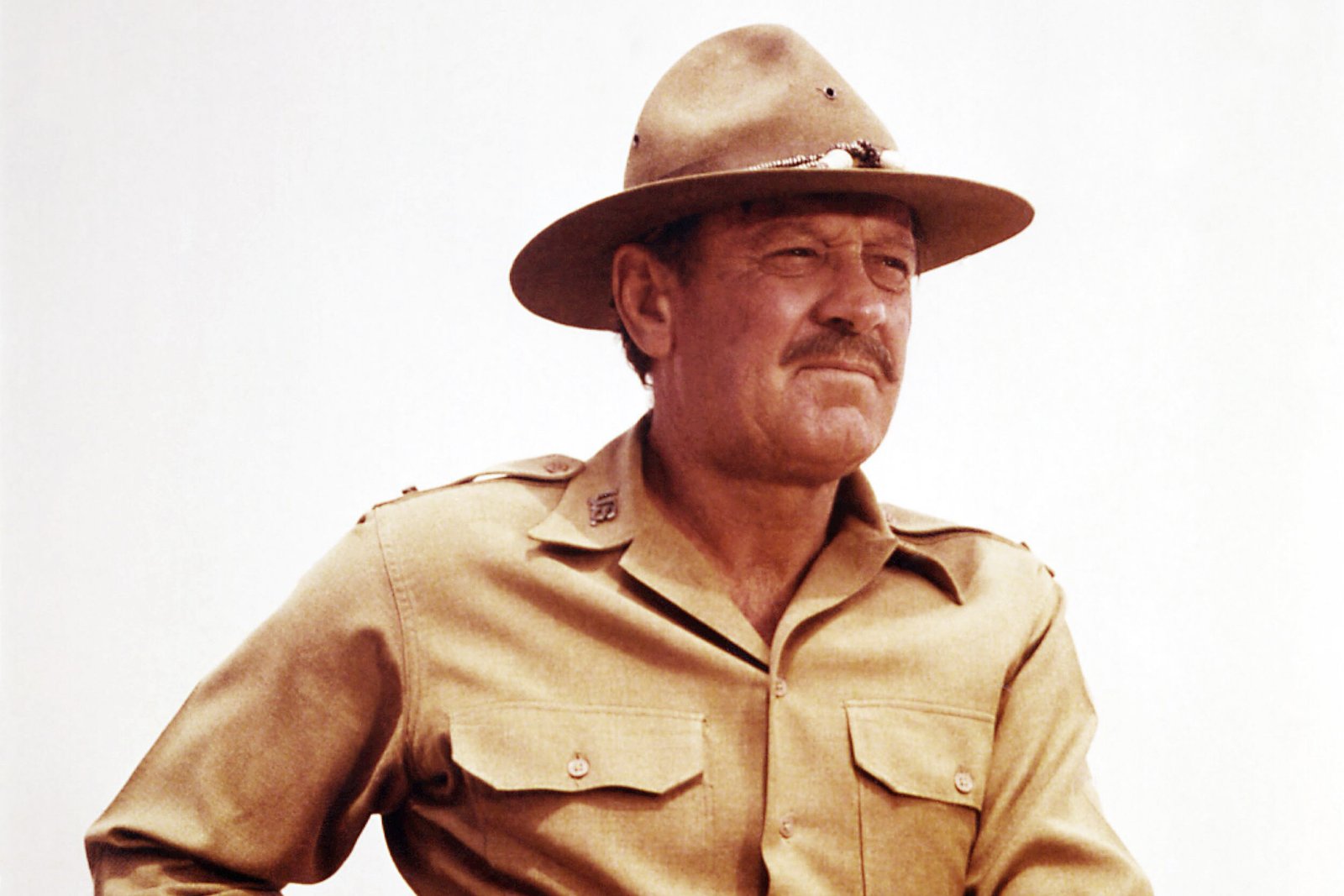
Sam Peckinpah’s The Wild Bunch took violence to new extremes for a Western. The film followed aging outlaws facing the end of their era, but it was the stylized gunfights that shocked audiences most. Peckinpah used slow motion and graphic detail, showing bullets tearing through bodies in ways never seen before. It was brutal and mesmerizing at the same time.
Critics and censors were outraged, but moviegoers couldn’t look away. Some considered it too violent, while others praised it for its honesty and artistry. The film changed the Western genre forever, making room for grittier, more realistic depictions of the Old West. Even now, the final shootout feels raw, chaotic, and astonishingly modern.
6. Who’s Afraid of Virginia Woolf? (1966)
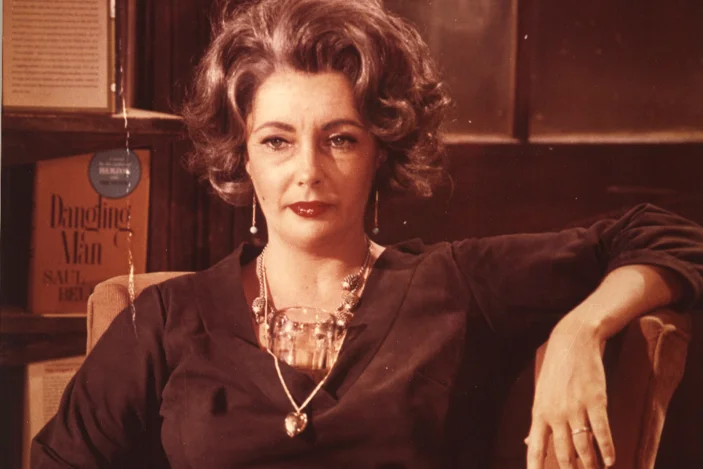
Based on Edward Albee’s play, Who’s Afraid of Virginia Woolf? shocked audiences with its harsh language and emotional brutality. Elizabeth Taylor and Richard Burton played a bitter, dysfunctional couple who ripped each other apart through verbal attacks. For viewers used to polished Hollywood dialogue, the raw, unfiltered fights felt uncomfortable to watch. The studio even had to create a new rating system to deal with its mature themes.
The intensity of Taylor and Burton’s performances made the film riveting, even when the words were painful to hear. Their real-life marriage troubles added another layer to the drama, making it feel almost too real. It wasn’t a film that offered comfort, but one that forced audiences to confront ugliness. Decades later, its emotional impact still packs a punch.
7. Easy Rider (1969)
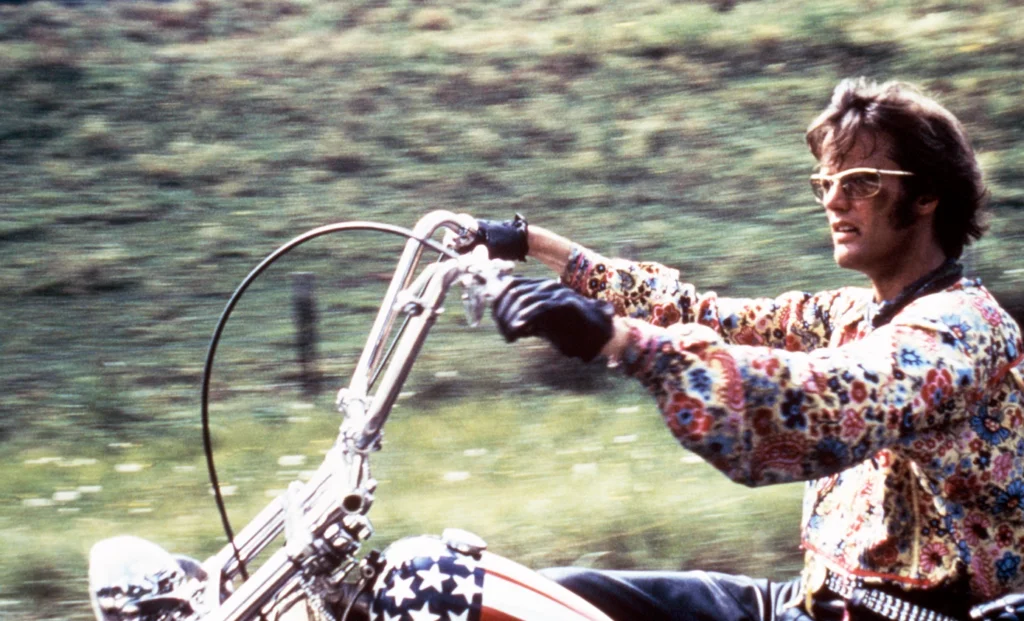
Easy Rider wasn’t just a road movie, it was a cultural jolt. Starring Peter Fonda and Dennis Hopper, it followed two bikers traveling across America, exploring freedom, counterculture, and the darker side of society. The drug use, unconventional storytelling, and shocking ending rattled viewers who expected something lighter. It was a reflection of a generation searching for meaning but finding violence and intolerance instead.
The film’s music, style, and message made it an anthem of the era. But it was the abrupt, senseless violence at the end that left people stunned. Audiences left theaters shaken, realizing the American dream could easily collapse into a nightmare. That gut-punch finale is still one of the most shocking in cinema.
8. The Graduate (1967)
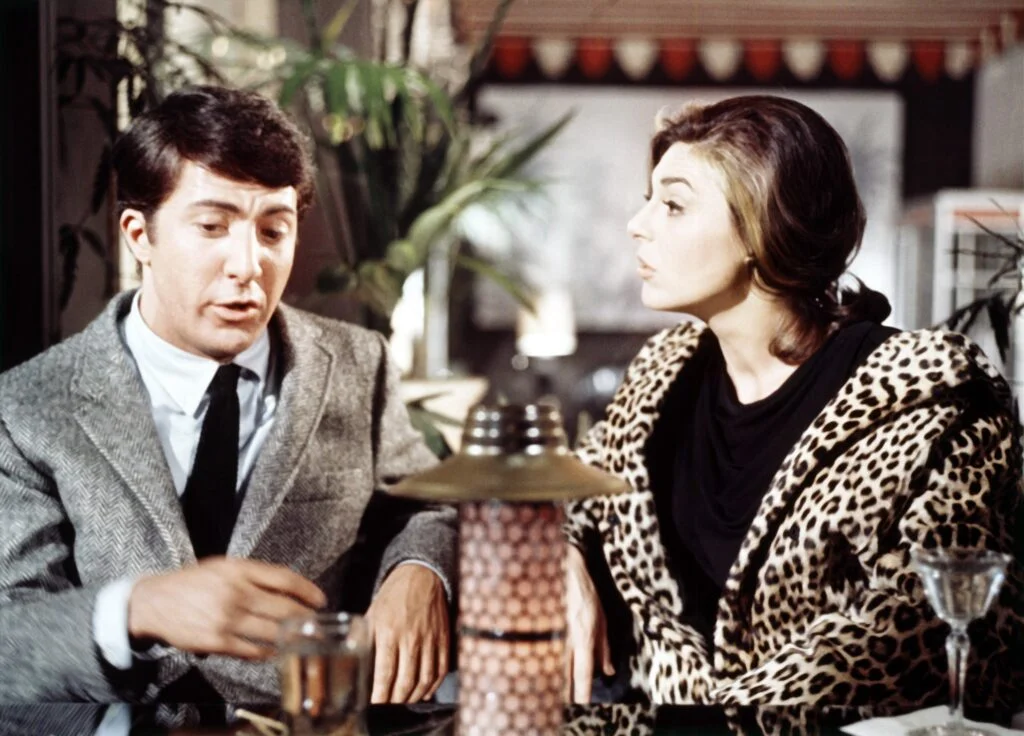
The Graduate shocked audiences with its story of a young man’s affair with an older married woman. Dustin Hoffman played Benjamin, fresh out of college and unsure of his future, who gets entangled with Mrs. Robinson, played by Anne Bancroft. The bold subject matter and satirical tone made it a landmark film of the decade. Viewers found themselves both amused and scandalized.
The famous ending, with Benjamin and Elaine escaping on a bus after her wedding, left audiences puzzled and uneasy. Their blank stares suggested that happily-ever-after might not be waiting for them. It was an ambiguous and daring conclusion that challenged traditional Hollywood endings. Even now, the film feels fresh and provocative.
9. A Clockwork Orange (1969 UK release, 1971 US)
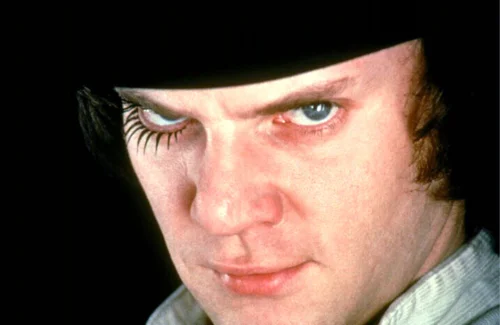
Though it’s more associated with the early ’70s, A Clockwork Orange premiered in the UK in 1969 and instantly stunned audiences. Stanley Kubrick’s film showed a dystopian future filled with violence, crime, and bizarre behavior. Malcolm McDowell’s character, Alex, reveled in cruelty and chaos, making viewers deeply uncomfortable. The mix of classical music and brutality only added to the shock.
The movie was so controversial it was pulled from theaters in some places. People debated whether it glorified violence or condemned it. The stark imagery and unsettling themes made it unforgettable. To this day, its disturbing vision of society feels startling and relevant.
10. Sweet Sweetback’s Baadasssss Song (1969)
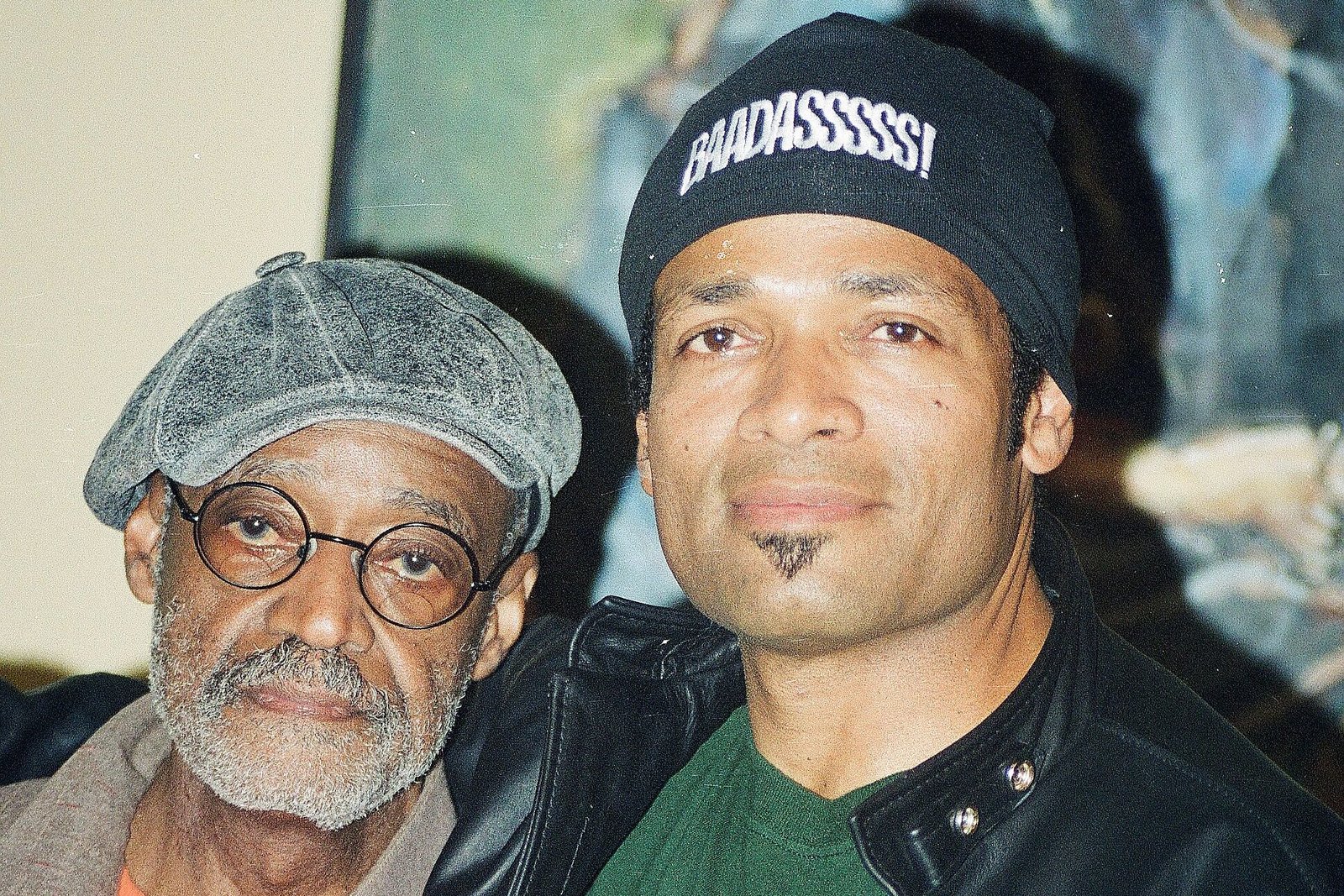
Melvin Van Peebles’ Sweet Sweetback’s Baadasssss Song was a raw, independent film that broke taboos around race, sex, and violence. It followed a Black man on the run after defending himself against corrupt police officers. The movie shocked audiences with explicit content and unapologetic social commentary. Many critics didn’t know what to make of it at the time.
Despite backlash, it became a massive success and a cornerstone of independent Black cinema. Audiences embraced its unfiltered look at injustice and survival. Van Peebles financed much of the film himself, making it a true labor of passion. Its legacy still stands as a radical and shocking moment in film history.
11. Planet of the Apes (1968)
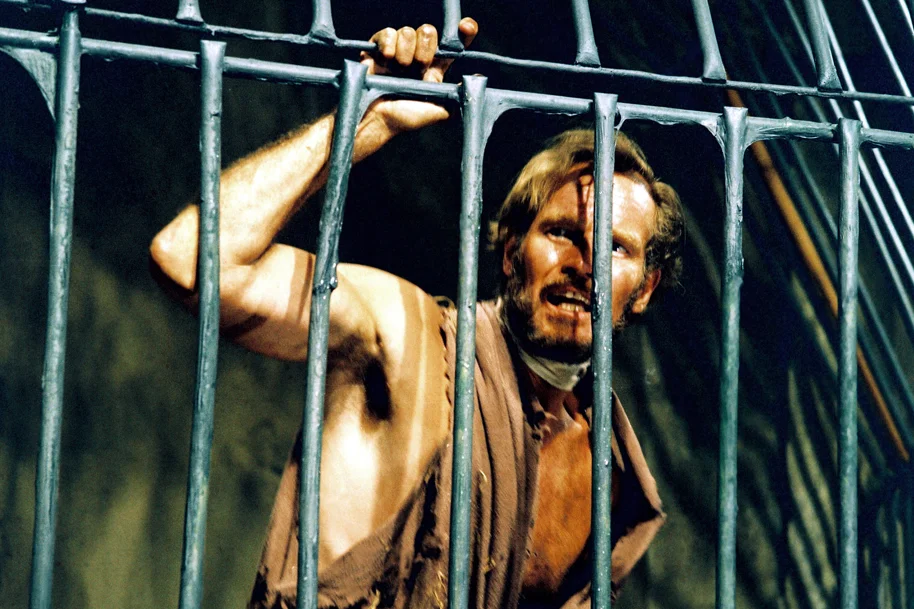
Planet of the Apes shocked audiences not just with its talking apes, but with its devastating twist ending. Charlton Heston played an astronaut who discovers a world where apes dominate humans, turning society upside down. The film explored themes of power, evolution, and oppression in a way that felt daring for the time. But it was that final scene on the beach that left viewers speechless.
When Heston’s character realizes he’s been on Earth all along, seeing the ruined Statue of Liberty, audiences gasped. It was a bleak, unforgettable statement about humanity’s potential for self-destruction. The movie was both thrilling and thought-provoking, leaving people shaken as they left the theater. Even now, that twist ending is one of the greatest shocks in film history.
12. In the Heat of the Night (1967)
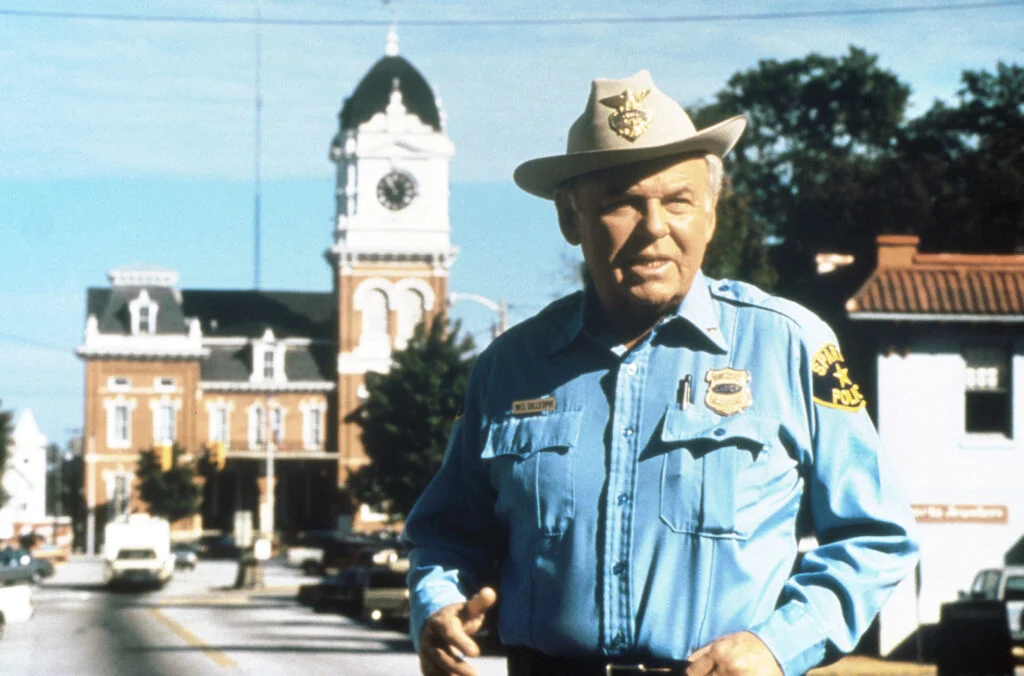
In the Heat of the Night shocked audiences by tackling racism head-on during a turbulent time in American history. Sidney Poitier starred as Virgil Tibbs, a Black detective forced to work with a prejudiced Southern police chief played by Rod Steiger. The tension between the two characters mirrored real-world conflicts happening across the country. The film didn’t shy away from difficult conversations.
One scene in particular left audiences stunned: Tibbs slapping a white plantation owner who had just slapped him. It was a bold and powerful moment that broke barriers in cinema. Viewers were confronted with an act of defiance rarely shown on screen. Decades later, it remains just as impactful.
13. Dr. Strangelove or: How I Learned to Stop Worrying and Love the Bomb (1964)
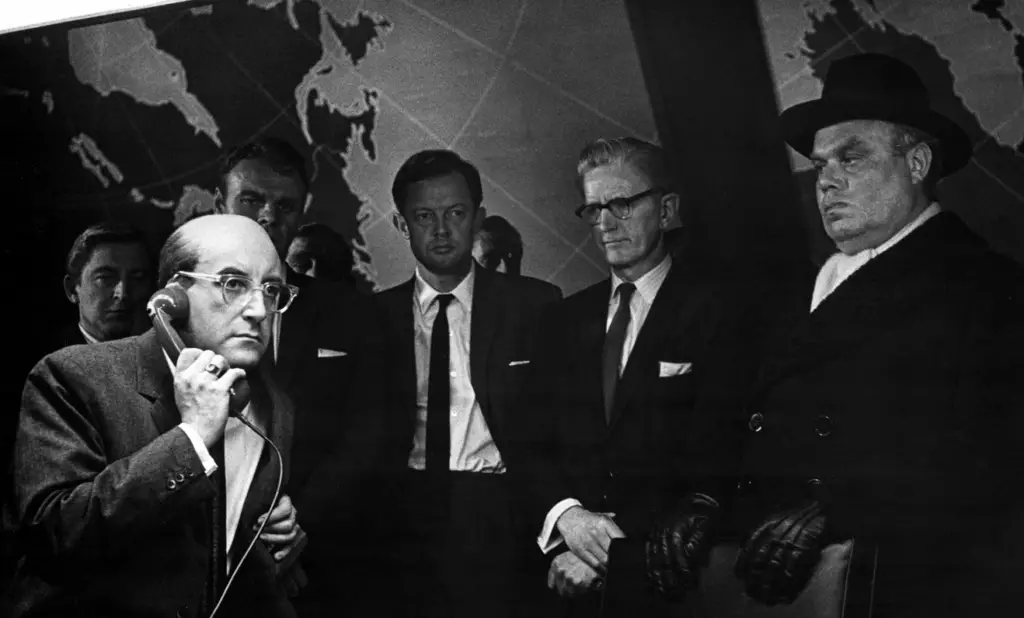
Stanley Kubrick’s Dr. Strangelove shocked audiences by making a comedy out of nuclear war. With Peter Sellers playing multiple roles, the film mocked political leaders, the military, and the terrifying possibility of global destruction. Many viewers didn’t know whether to laugh or be horrified. The dark humor was groundbreaking and unsettling.
The ending, with the world destroyed to the tune of “We’ll Meet Again,” left people shaken. It was a stark reminder that humanity’s fate could be undone by mistakes and arrogance. At the height of the Cold War, it felt both absurd and terrifying. Even today, its mix of satire and horror still resonates.

